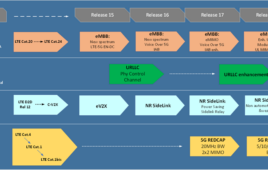A modest bump in 2016 is expected to precede a much larger swell in smartwatch shipments by 2020, International Data Corporation (IDC) said Thursday.
According to IDC’s new report, global smartwatch shipments are forecast to grow 3.9 percent in 2016 to 20.1 million units. By 2020, however, shipments are expected to more than double to reach 50 million units, the firm said.
“To date, smartwatches have remained in the realm of brand loyalists and tech cognoscenti, but we expect that to change over the next few years,” IDC Wearables research manager Ramon Llamas said.
At first, Llamas said, smartwatches will mimic the look and feel of traditional timepieces, appealing to users who “put a premium on design and style.” But once more smartwatches get cellular connectivity, the devices will become more useful and appealing, he said.
“Smartwatch applications will build on this cellular connection, and connect with other devices within the home and at work,” Llamas said. “Finally, smartwatch prices will come down, making them more affordable to a broader market.”
By platform, IDC said Apple’s watchOS is expected to dominate through 2020, but Android and Android Wear devices will see the fastest growth. By 2020, Android will be in position to challenge Apple for the top smartwatch position.
IDC said basic wearables – that is, devices like Fitbit and other fitness trackers that do not run third party applications – are also expected to proliferate through 2020. The devices will experience a 5-year compound annual growth rate of 20.2 percent to reach 147.8 million units shipped by 2020, IDC said.




